
Hi, my name is Andrew and I love Cyberpunk 2077.
This might sound like I’m in some support group, but this was my impression of the base game after I finished it.
Let’s call a spade a spade: the original release of Cyberpunk 2077 was a mess, especially when it was unplayable for last generation’s PlayStation 4 and Xbox One consoles. What hurt the most was CD Projekt Red’s communication during the build-up of Cyberpunk 2077’s release, essentially hiding the real performance of the game in hopes of limiting the damage. These actions destroyed the goodwill and trust that I personally had with the Polish studio.
And yet, there was still a lot to like about Cyberpunk 2077, as long as you played it on current-gen hardware. Outside of minor bugs, I enjoyed the game’s combat and Night City setting.
 Most importantly, I loved the characters and how Cyberpunk 2077 delivered a story about existentialism and how less fortunate people live fulfilling lives in a world that will chew them out with no regard. A major highlight was Keanu Reeves’ Johnny Silverhand, the charming yet crude rocker boy hellbent on destroying the mega-corporation Arasaka.
Most importantly, I loved the characters and how Cyberpunk 2077 delivered a story about existentialism and how less fortunate people live fulfilling lives in a world that will chew them out with no regard. A major highlight was Keanu Reeves’ Johnny Silverhand, the charming yet crude rocker boy hellbent on destroying the mega-corporation Arasaka.
Love Like Fire
My enjoyment of Phantom Liberty developed into love after Studio Trigger’s anime Cyberpunk: Edgerunners, which focused on a small group of mercenaries in Night City, was released on Netflix last year. After finishing the show, I felt the urge to start another playthrough, especially since the game received numerous updates to fix the glitches and fine-tune gameplay elements that existed in the base version.
Suddenly, everything started clicking for me.
Night City grew from a nice backdrop into a living, breathing world with different purchasable apartments, relatable characters and side gigs (smaller subquests) that provided more lore that I previously didn’t pay attention to. Cyberpunk 2077 turned into a form of escapism, where if I ever needed to blow off steam or just relax, I would drive around Night City, do some more gigs and spend time with characters I otherwise skipped during my first playthrough.
Going through the main story again also drove home the narrative of living to the fullest despite having a timer on your life, something that hit me personally after my own grandfather’s passing due to cancer.
I’m saying all this not to sound like I’m huffing pure copium but because I feel like this internet argument of “Cyberpunk 2077 was never good” has no real nuance. Cyberpunk 2077 was not a bad game; otherwise, there would have been no redeeming qualities after the patches that focused on glitches and technical issues. However, your experience was really determined by whether you had the right hardware for your PC or bought a current-gen console.
That being said, regardless of your thoughts about the base game experience, Cyberpunk 2077: Phantom Liberty and its Update 2.0 deliver a strong case for why it deserves the time of day in a year already jam-packed with excellent video games.
Give me liberty or give me death
For those who have played The Witcher 3 and its own expansions, Cyberpunk 2077: Phantom Liberty is essentially a mix between Heart of Stone and Blood and Wine.
Phantom Liberty is a James Bond-meets-cyberpunk genre crossover, where player character V is contacted by Songbird, an exceptionally talented netrunner with a high-stakes gig to protect the President of the New United States of America (NUSA). Her reward is the cure against the relic chip that is gradually killing your character.
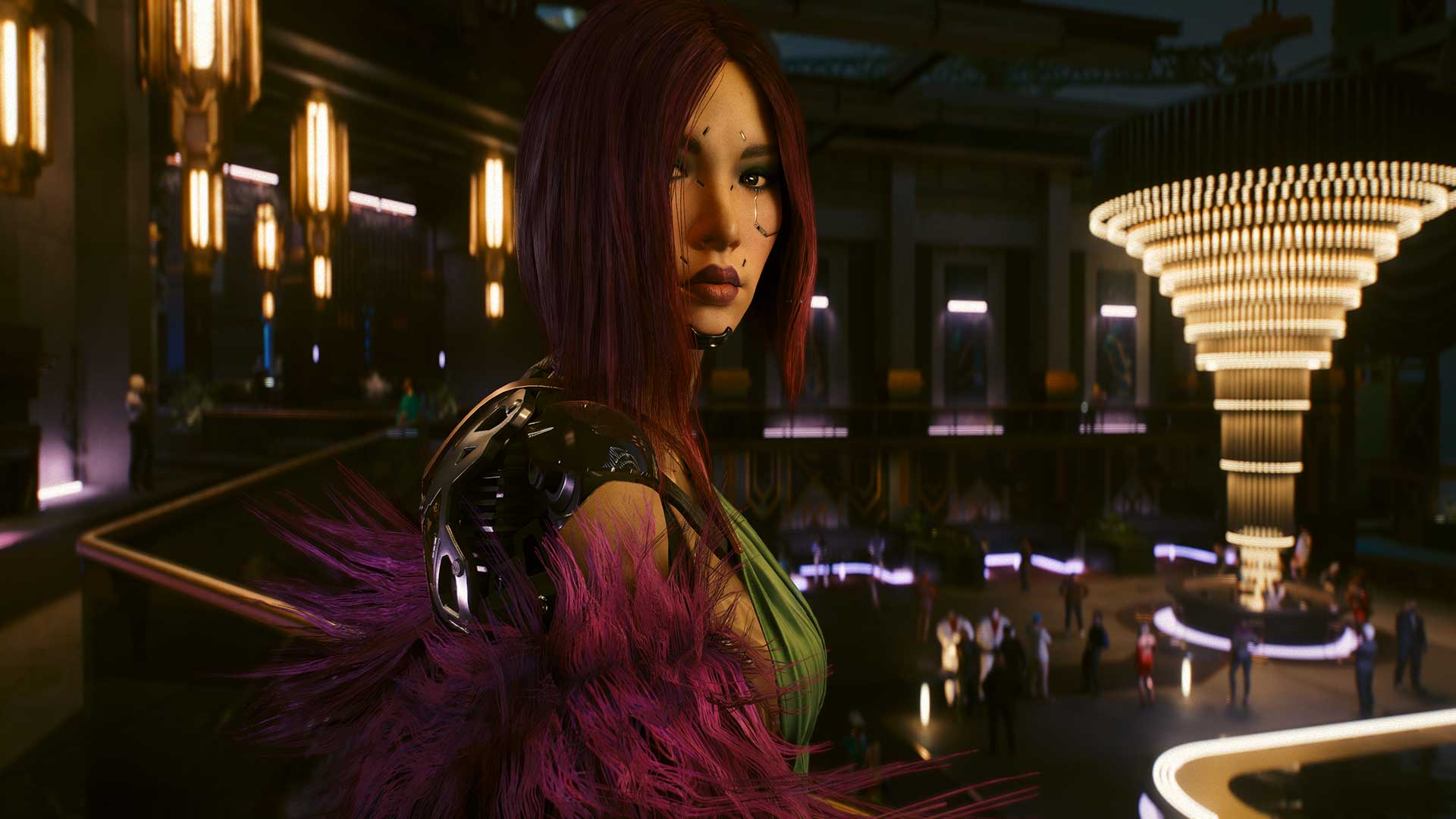 As you may suspect, the mission doesn’t go exactly to plan, resulting in V teaming up with Solomon Reed, a straight-shooter sleeper agent played by Idris Elba, and Alex, a stealth operative with a heavy past with the previous NUSA members.
As you may suspect, the mission doesn’t go exactly to plan, resulting in V teaming up with Solomon Reed, a straight-shooter sleeper agent played by Idris Elba, and Alex, a stealth operative with a heavy past with the previous NUSA members.
The setting for this expansion is Dogtown, a more lawless, gritty, dark contrast to Night City, filled with open-aired criminal activities, a tyrant police organization and a financially barren population. While Night City is considered the “city of dreams” with its bright neon lights and seemingly endless activities, Dogtown is the other side of that coin, with destroyed buildings and a place from which everyone wants to escape.
While I won’t delve into any spoilers, I will say that there are many twists and turns throughout the story that are also dependent on your own choices. These also relate to the endgame, where you make your final decision with Johnny Silverhand.
Overall, I found Phantom Liberty’s story great and what I wanted out of the cyberpunk genre as a whole. Cyberpunk is not just about technology’s integration with the human body or the dangers of mega-corporations in a capitalist society in overdrive — it’s also about the abuse of governments and whether we can change our society or even escape their influence.
In Phantom Liberty, one of the themes focuses on deception and its justification to achieve one’s means. This relates to all the characters in this story, with Solomon Reed describing it perfectly: “Treason ain’t ever black and white.”
Besides Phantom Liberty adopting the spy genre for its story, one aspect that I really liked was the use of Pacifica and the Voodoo Boys gang. In the base game, Pacifica felt undercooked, as the Voodoo Boys gang and setting took a backseat to the rest of Night City after you handled the main story mission.
However, this expansion does a great job addressing those issues because Dogtown is located in Pacifica. That means that not only do you see more of the Voodoo Boys, but those affiliated with the gang actually recognize the actions you chose in the mission as well. These kinds of references are spread throughout the expansion and solidify the experience being tied with the overall game rather than treated separately.
The biggest example of that is Johnny Silverhand himself, as he not only remains a constant presence with his snarky comments throughout Phantom Liberty, but you also get more backstory and an in-depth look into his character. He once again steals the show and shows the strength of Keanu Reeve’s portrayal of the rocker boy.
Substance over style
Aside from the story, there are many additions that Phantom Liberty brings to the table.
For starters, there are new sidequests and gigs that you can undertake both in Dogtown and Night City. These develop Dogtown’s shady place in Cyberpunk’s world, especially when gigs start to blur the lines of the more story-driven side-quests.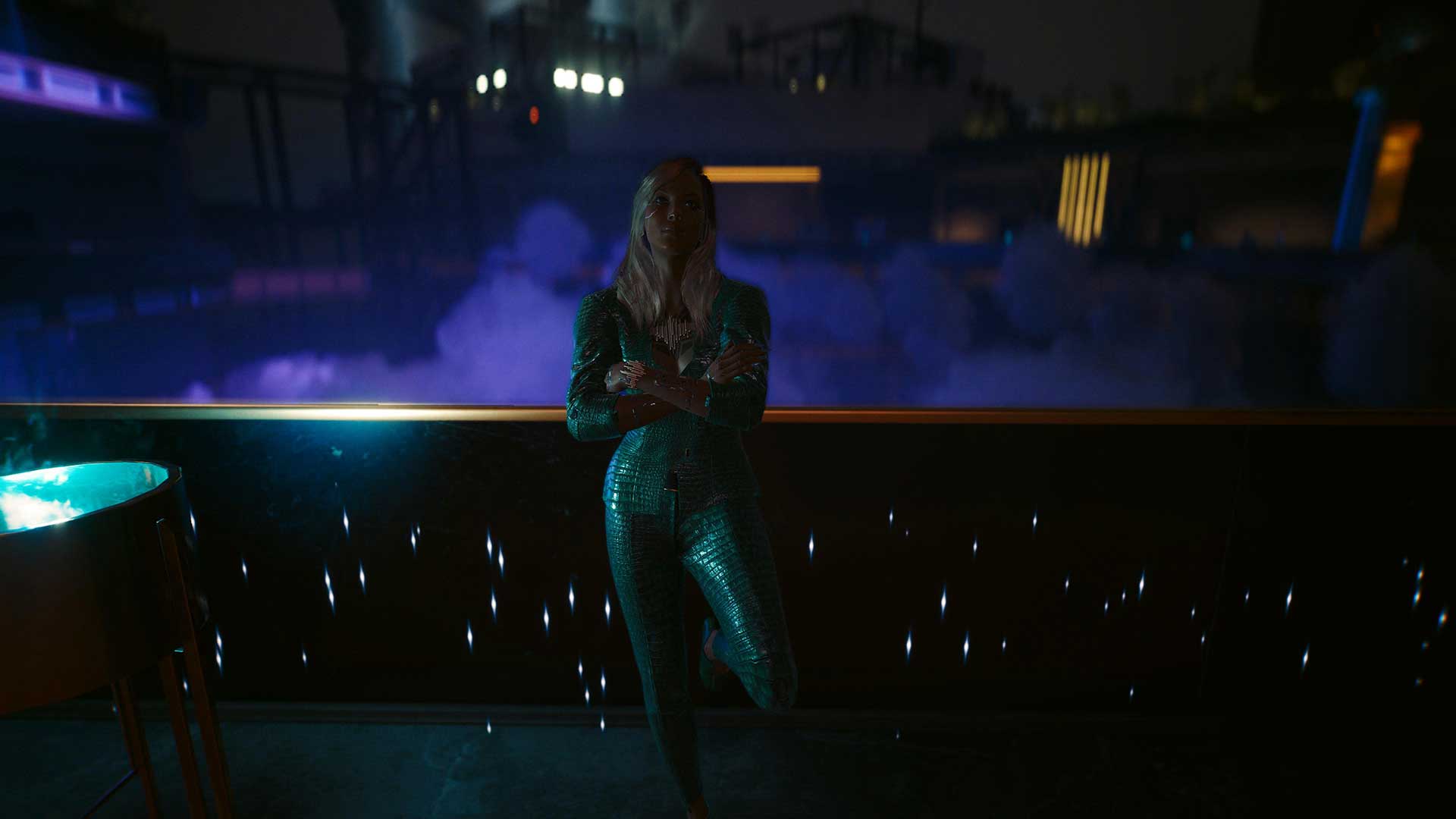
For example, one side-gig that stuck out to me was infiltrating a company that trains potential athletes (also equipping them with cyberware) and organizes draft picks. However, you quickly realize that these athletes aren’t college students — they’re 10-12-year-old children who are easily discarded if they get “too old.” These types of side-gigs blew me away because they showed the multiple layers to Cyberpunk’s storytelling, not just addressing how messed up the world is but why the kids are content in this situation in the first place.
Phantom Liberty also unlocks the Relic skill tree, granting new abilities to your Mantis Blades, Gorilla Arms, Monowire, Projectile Launch System and optimal camo, should you choose to buy any of that cyberware. These add depth to whatever build you’re going for, especially since these skill points aren’t given after levelling up.
Lastly, there are the “infinite” missions you can find in Dogtown and Night City: the airdrops and courier jobs. Airdrops are specific to Dogtown and contain various rare loot and weaponry. However, you must battle various enemies to grab them, since they are also gunning for it. Think of it like an enemy care package in Call of Duty; once you see it on the map, everyone will start fighting to try and claim it.
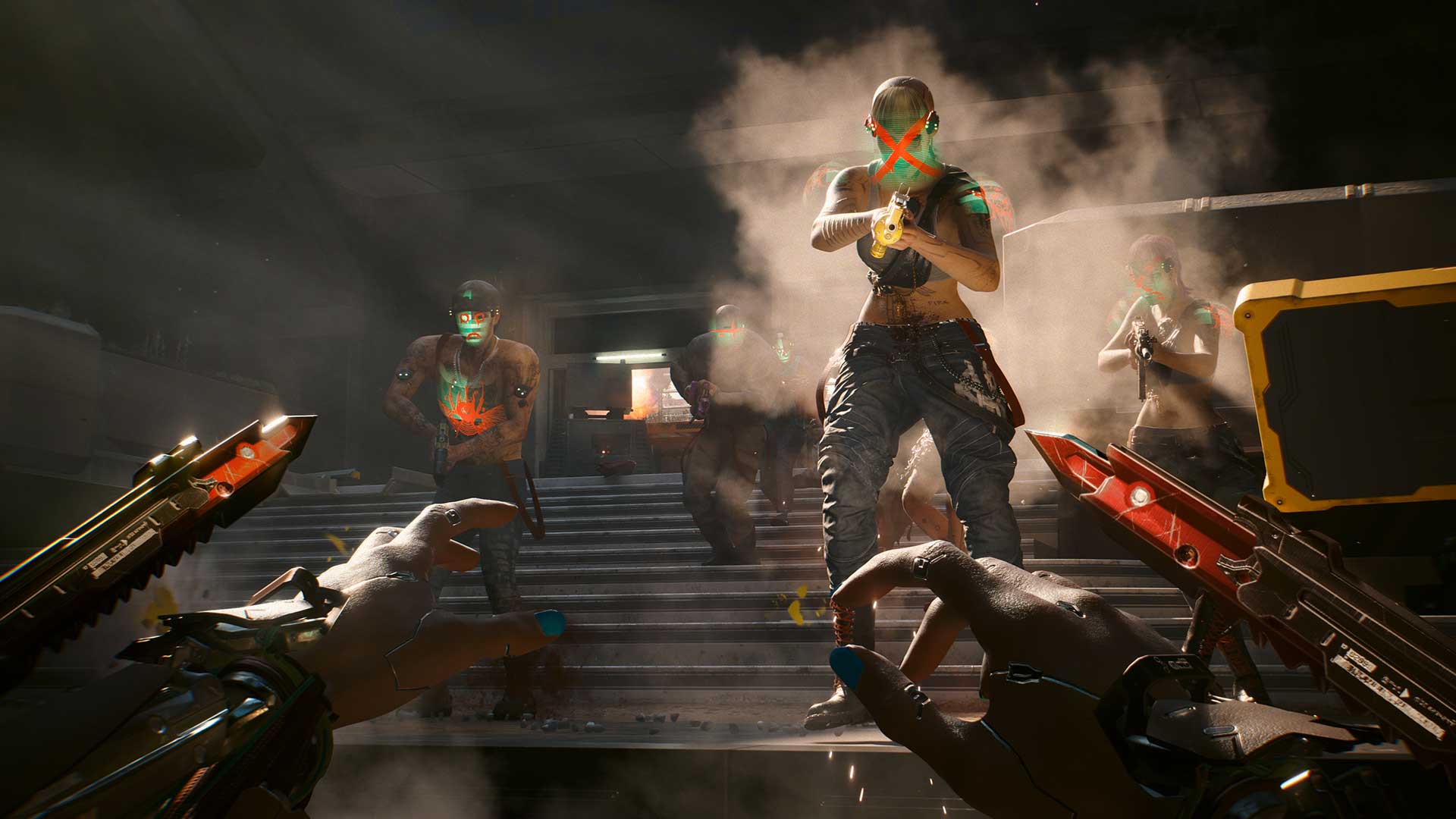 The courier missions require delivering stolen cars to a spot on the map, which can either lead to chases where you fend off gangs or time trials where you fight against the clock. These missions are especially great because they give you a discount on vehicles that you can buy in the game.
The courier missions require delivering stolen cars to a spot on the map, which can either lead to chases where you fend off gangs or time trials where you fight against the clock. These missions are especially great because they give you a discount on vehicles that you can buy in the game.
Chippin’ into serious overhauls
Arguably, the biggest addition to Cyberpunk 2077 is ‘Update 2.0,’ which massively overhauls the entire game, barring the main narrative. When I say massively, I truly mean that.
From the updated menus, new text dialogue, additional sub-quests, extra radio stations, refined models and gameplay changes, it’s correct to say that Cyberpunk 2077 has been entirely remodelled from the ground up. This is not even mentioning the other extras that the earlier version of the game included, like reworking your apartment or buying new places.
It’s that reworked gameplay that makes Cyberpunk 2077 feel like a fresh experience.
For one, the stamina bar is tied to combat and dashing instead of running. Though minor in the grand scheme of implementations, it does add more strategy to gunfights because you can’t simply open fire without any consequence.
Another great change is armour now being tied to your cyberware rather than your equipped clothes, which was silly to begin with. You also have to worry about how much cyberware you can install, as there’s a limit depending on your level, so you don’t go “cyberpsycho.”
Another implementation is vehicle combat, where you can use Quickhacks or guns to get rid of enemies on your tail. Considering that this update also adds random gang fights, you will encounter numerous times where you need to use your gun on the road. It’s important to mention that some cars even have built-in weapons, whether it’s the Bond-esque machine gun headlights or missile launchers, though most are tied to Phantom Liberty.
Vehicle combat is one of the new features introduced to #Cyberpunk2077 with Update 2.0! Take a look at the most important controls for your @PlayStation/@Xbox pads and PC:
⚫️ L1/LB/Right Mouse Button — (ranged) aim & (melee) block
🔫 R1/RB/Left Mouse Button — (ranged) shoot &… pic.twitter.com/lth9Bnzi2A— Cyberpunk 2077 (@CyberpunkGame) September 23, 2023
The Night City Police District (NCPD) has also been given a major revamp. Unlike the base game, where the police would spawn in your location, Update 2.0 actually has the NCPD drive toward you. Similar to Grand Theft Auto, you rack up stars depending on the atrocities you create. As your heat level rises, cops start to pull out all the punches using stronger personnel, barricades and more patrols in the area. This means that you can either choose to fight back (which only leads to bad outcomes) or focus on outrunning the cops.
The major highlight of this revamped police system is that MaxTac, the force responsible for taking down dangerous cyberpsychos, is utilized here when you reach the highest level. While I don’t necessarily care for the new police system, it does add to the world-building and creates a fun little challenge if you see how far you can last. It’s also quite funny to hear yourself being called a cyberpsycho.
However, the biggest change CD Projekt Red made was to the perk system, which influences how you create builds as you progress through the game. There are also new perks added (with cute little easter eggs) such as airdashing and quickhack stacking.
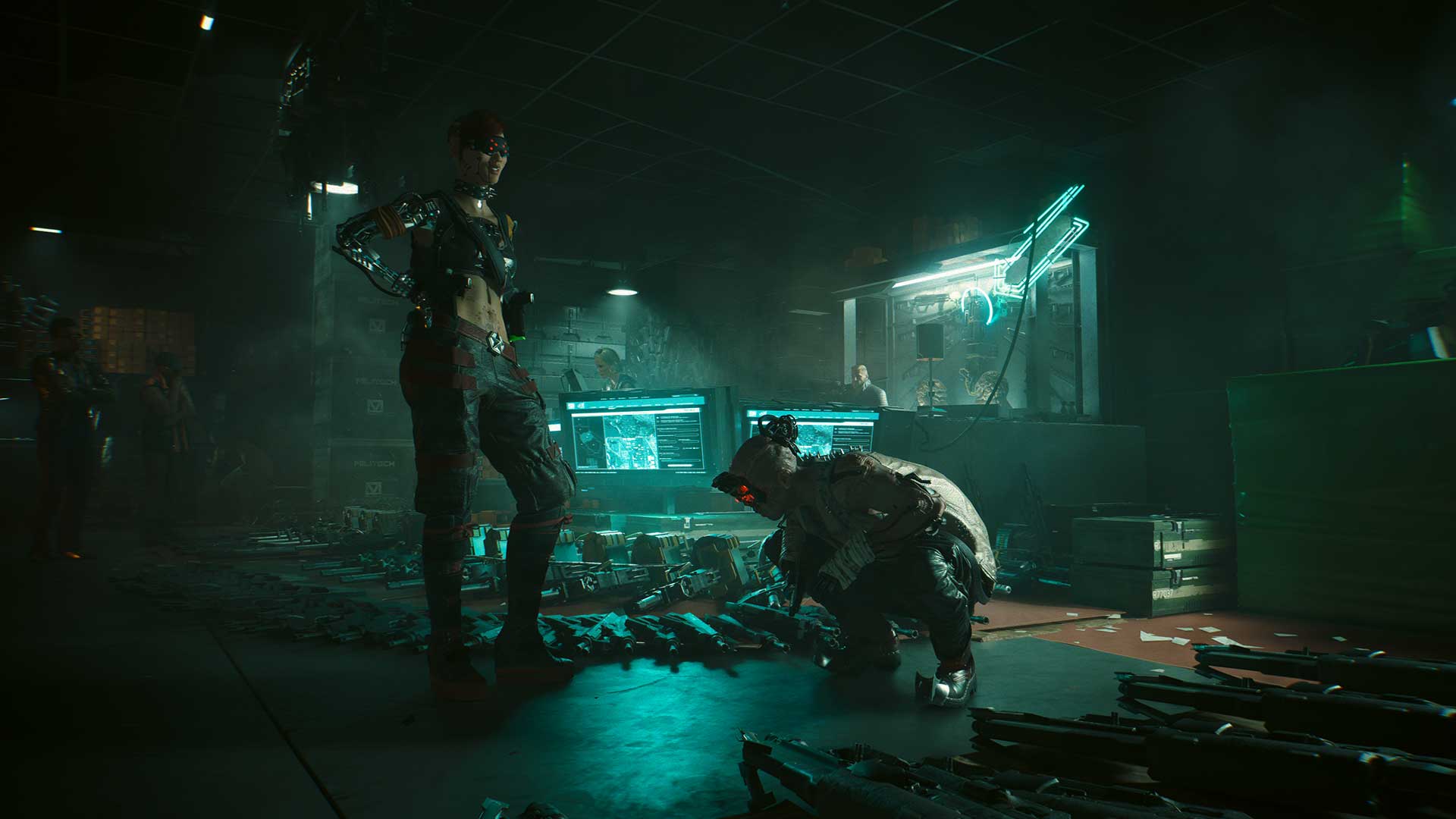 In the base game, one complaint I had in regards to the skill tree was that you can get away with specializing in almost every attribute, becoming a jack-of-all-trades. This time, it feels like you need to commit to a build in mind because certain perks are now specialized.
In the base game, one complaint I had in regards to the skill tree was that you can get away with specializing in almost every attribute, becoming a jack-of-all-trades. This time, it feels like you need to commit to a build in mind because certain perks are now specialized.
Whether it’s a nimble Netunner that uses knives and pistols or an absolute powerhouse that commits to big weaponry, I now feel like my character not only relates to other Night City mercs but can also approach challenges that the game throws at me more naturally. To me, the perk system overhaul alone makes it worthwhile to start a new playthrough on its own.
When style trumps substance
While Phantom Liberty and Update 2.0 mostly improve on the base game, there’s one major issue that I have with Cyberpunk 2077 as a whole: the interactivity with the world itself.
 Outside of missions, there’s not a whole lot to do in Night City, and this extends to Dogtown as well. Sure, I can buy drinks and go on the dance floor, but what about drinking at a bar? There are also dart boards and billiard tables, but you can’t actually play a game.
Outside of missions, there’s not a whole lot to do in Night City, and this extends to Dogtown as well. Sure, I can buy drinks and go on the dance floor, but what about drinking at a bar? There are also dart boards and billiard tables, but you can’t actually play a game.
Not to mention that Brain Dances (or BDs), where you can experience different events from someone else’s point of view, are relegated to just story missions, despite being purchasable in shops. While I was initially miffed about this missed opportunity in the base game, it became more apparent after you get access to one BD from completing a Dogtown mission that you can endlessly experience in your apartment.
 Maybe it’s because I’ve been spoiled by the Yakuza series, but one way to truly immerse me into a world is through optional mini-games, whether it’s in casino games or partying at a club. Not to say that Cyberpunk 2077 doesn’t have minigames in the form of arcade machines, but it just feels like the idea was half-baked.
Maybe it’s because I’ve been spoiled by the Yakuza series, but one way to truly immerse me into a world is through optional mini-games, whether it’s in casino games or partying at a club. Not to say that Cyberpunk 2077 doesn’t have minigames in the form of arcade machines, but it just feels like the idea was half-baked.
It’s worth mentioning that the PC version of the game completely solves this issue in the form of mods. From having the ability to drink with your friends to a dynamic stock market that can be influenced by your actions, the possibilities are endless. However, I can’t review a game based on mods when it’s relegated to only PC users and not implemented by the developers themselves.
Never fading away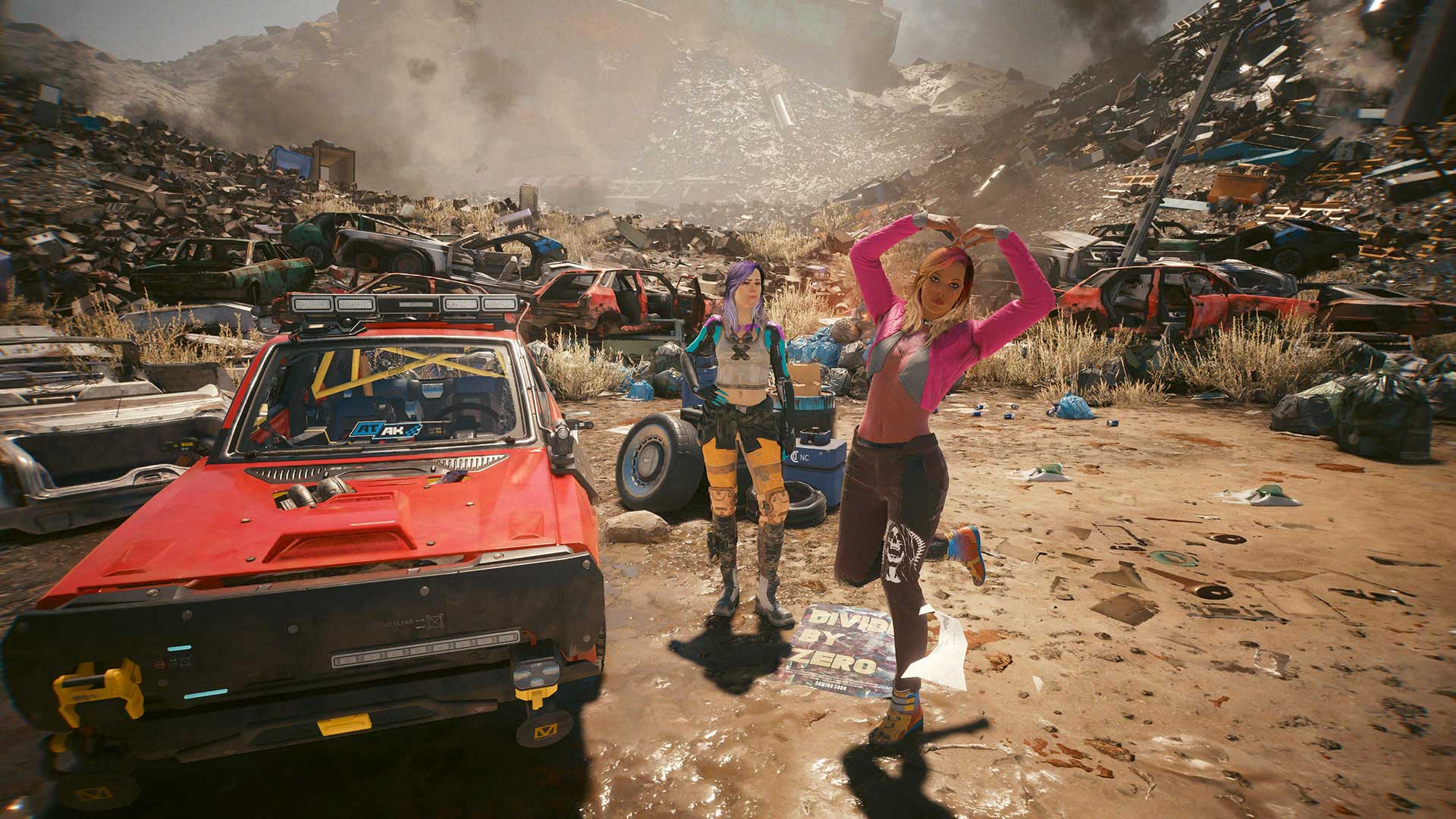
Overall, Phantom Liberty brings an unforgettable experience to the table. Combined with its new story and Update 2.0, Cyberpunk 2077 can finally climb out of the hole that plagued it during its initial launch. It wasn’t the game CD Projekt wanted at launch. However, sometimes, you need to invest in yourself to bring out all your best qualities. Finally, Cyberpunk 2077 has achieved just that.
Cyberpunk 2077: Phantom Liberty is releasing on September 26th, 2023, on PlayStation 5 (played for review), Xbox Series S/X and PC via Steam, Epic and GOG for $39.99. A copy of Cyberpunk 2077 is required to play this expansion.
Image credit: CD Projekt Red
MobileSyrup may earn a commission from purchases made via our links, which helps fund the journalism we provide free on our website. These links do not influence our editorial content. Support us here.


